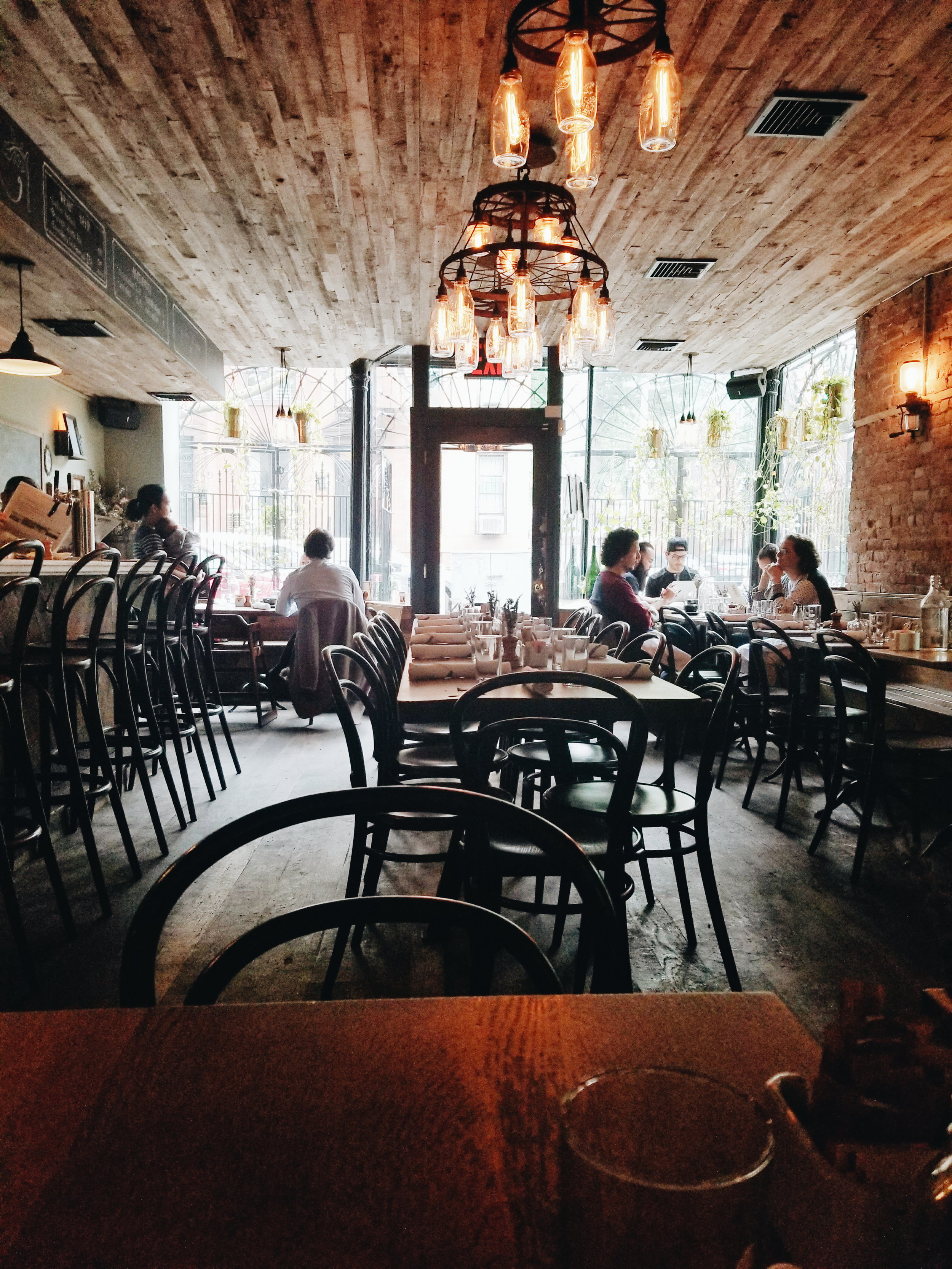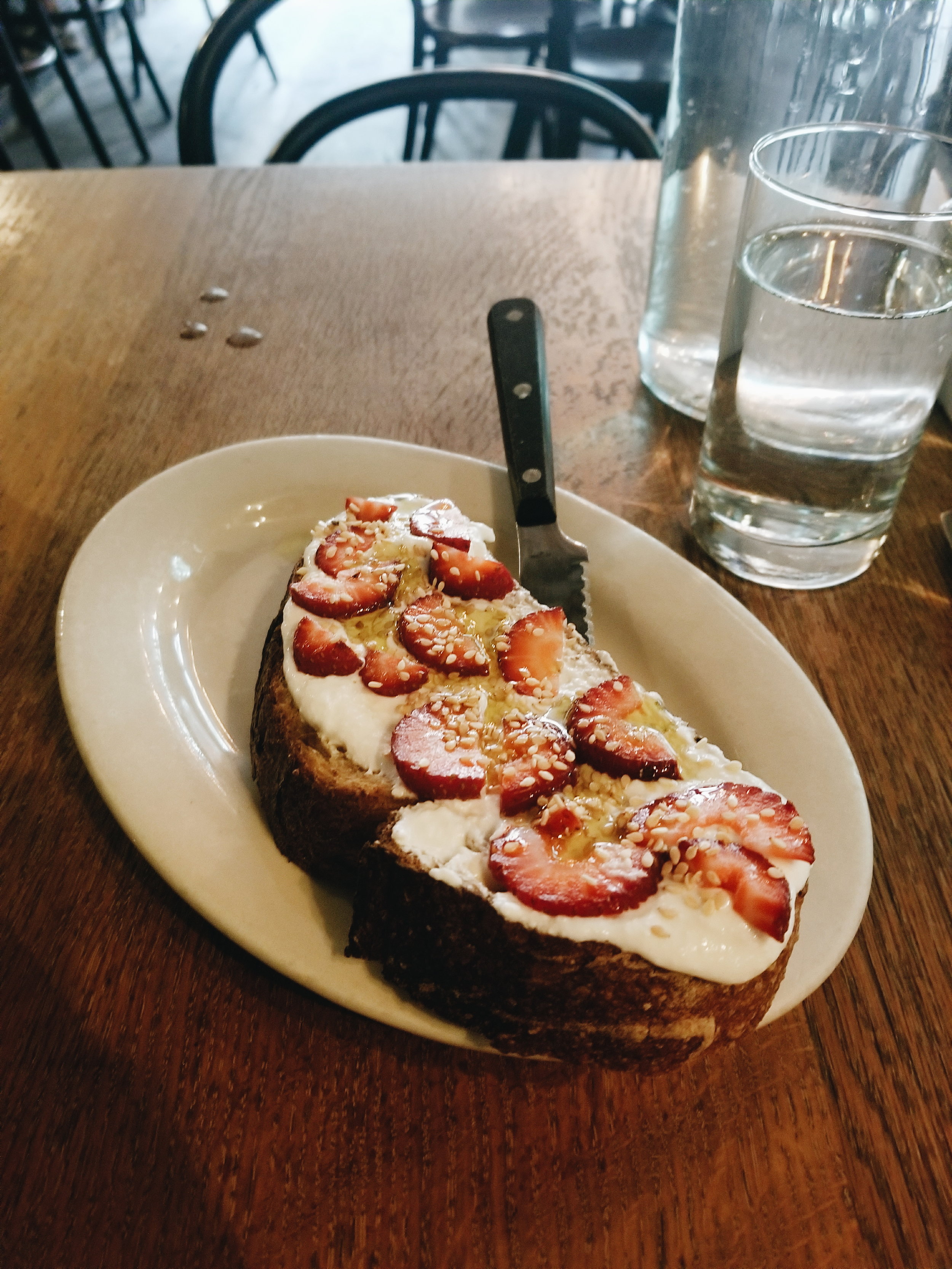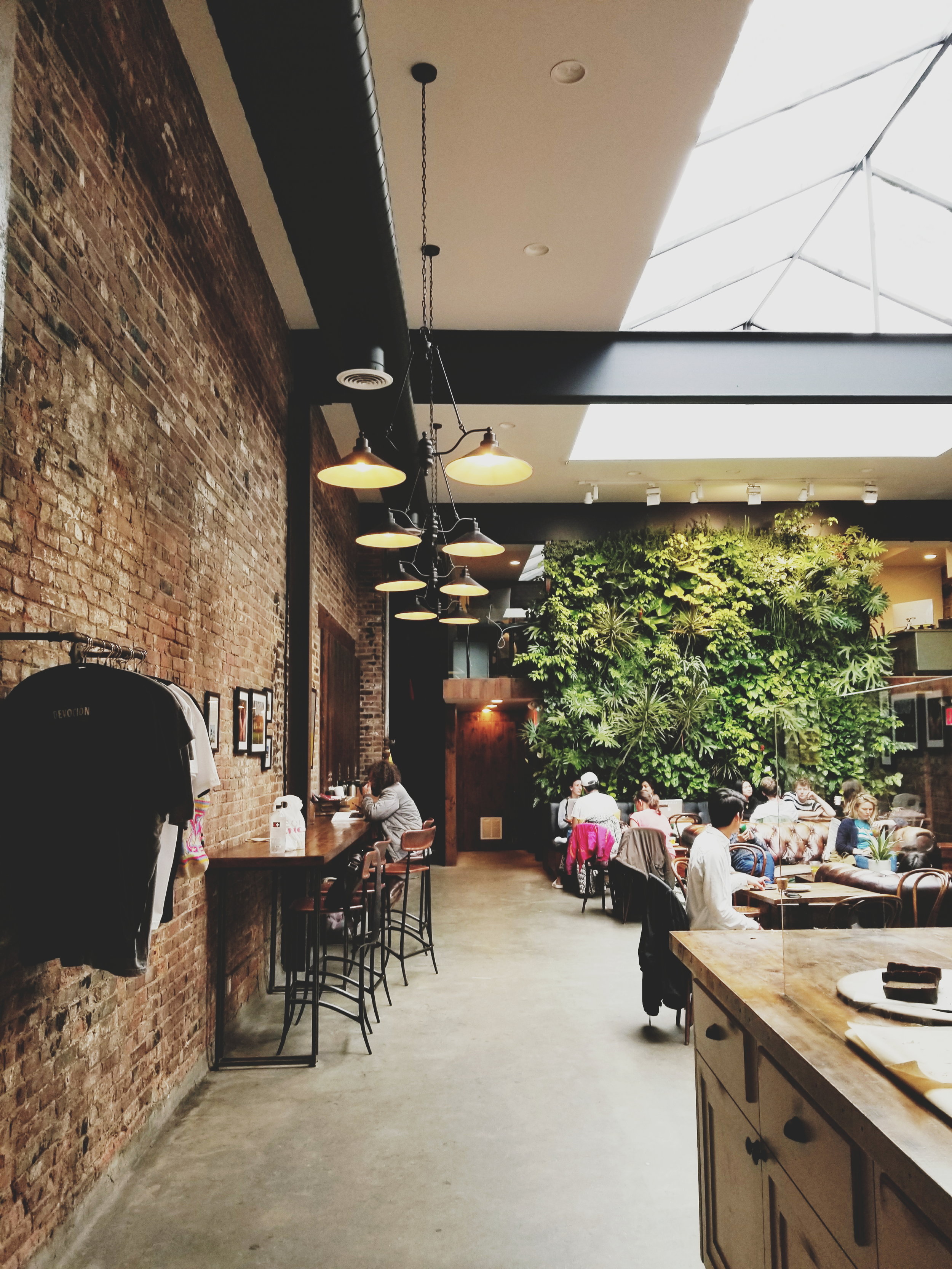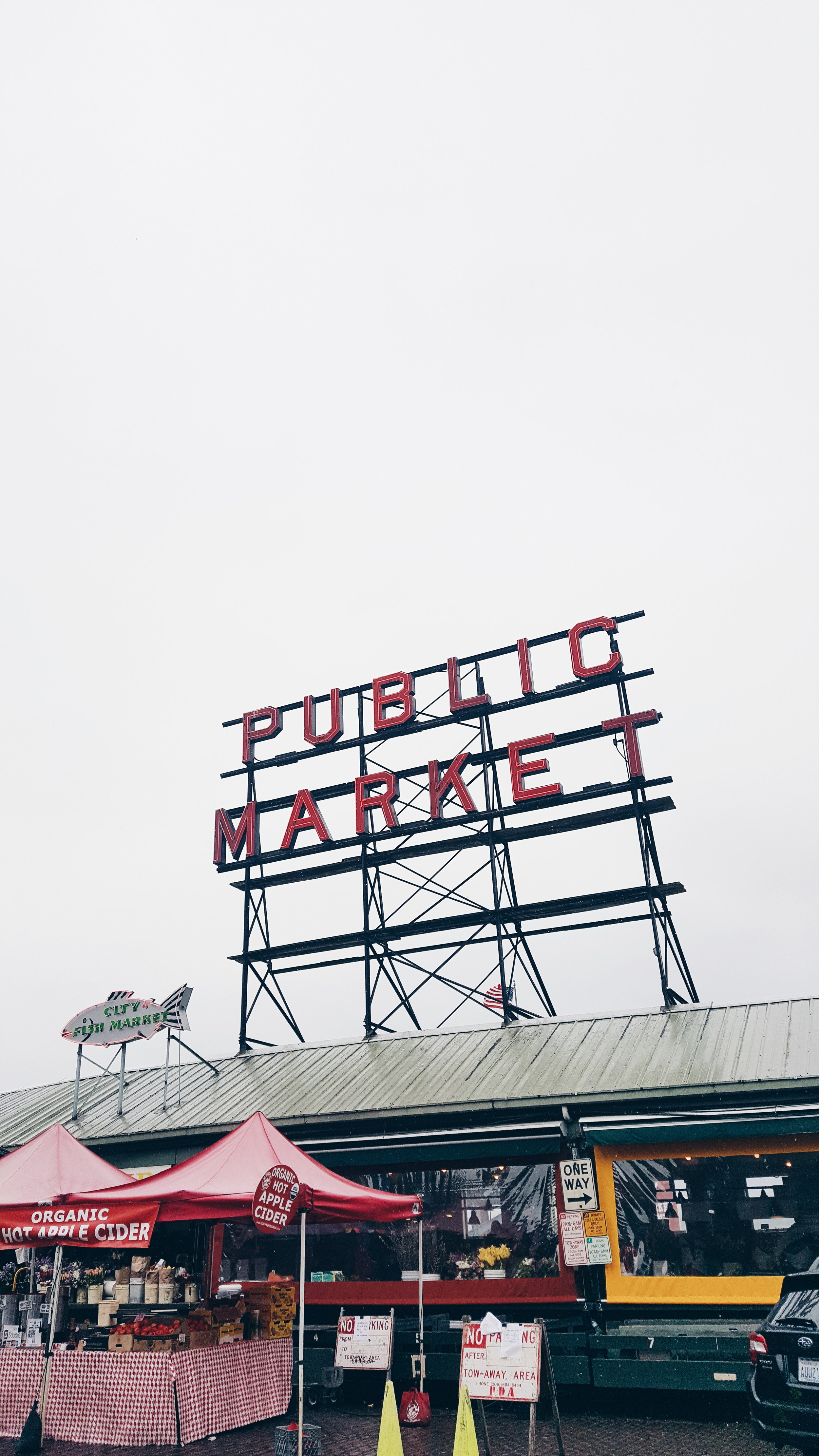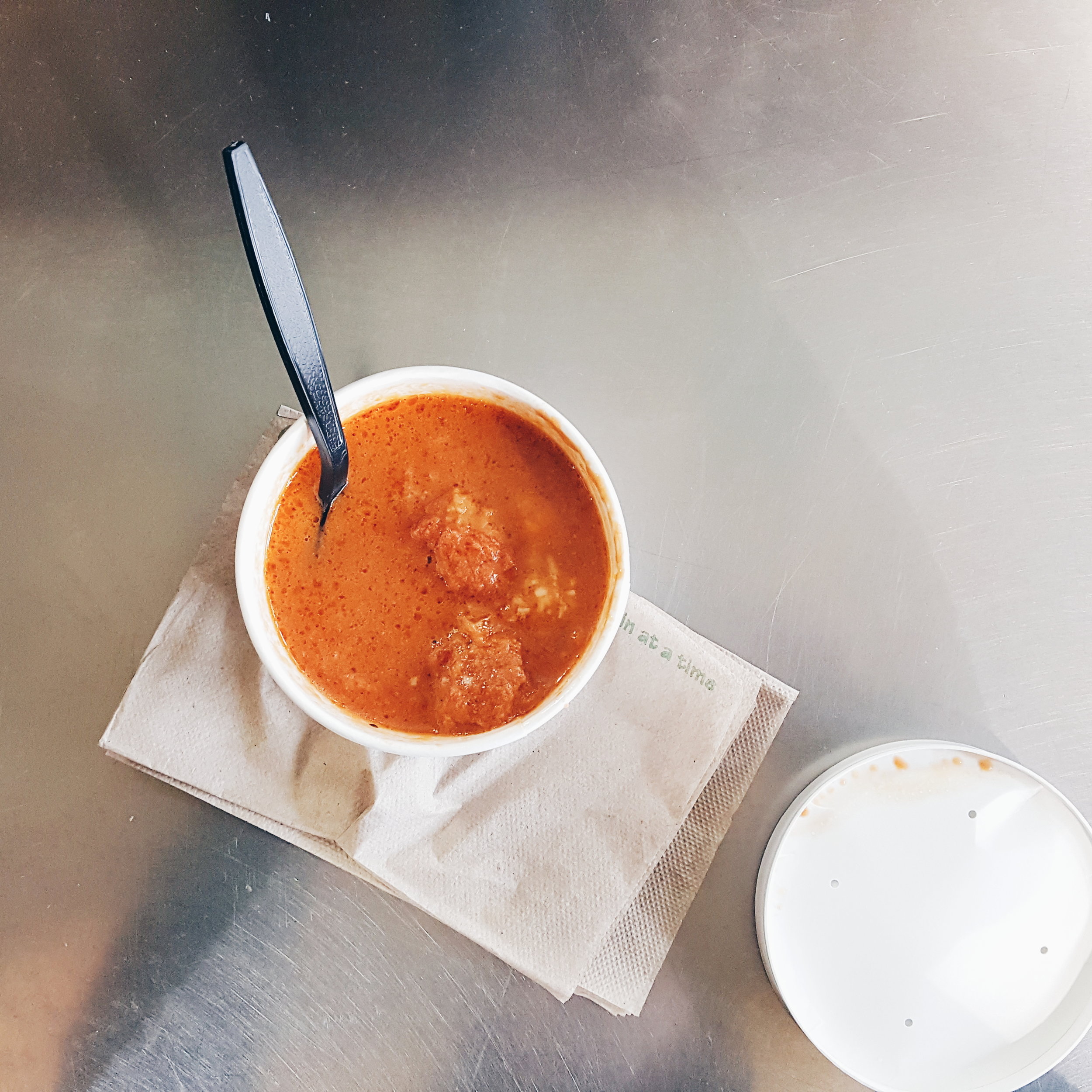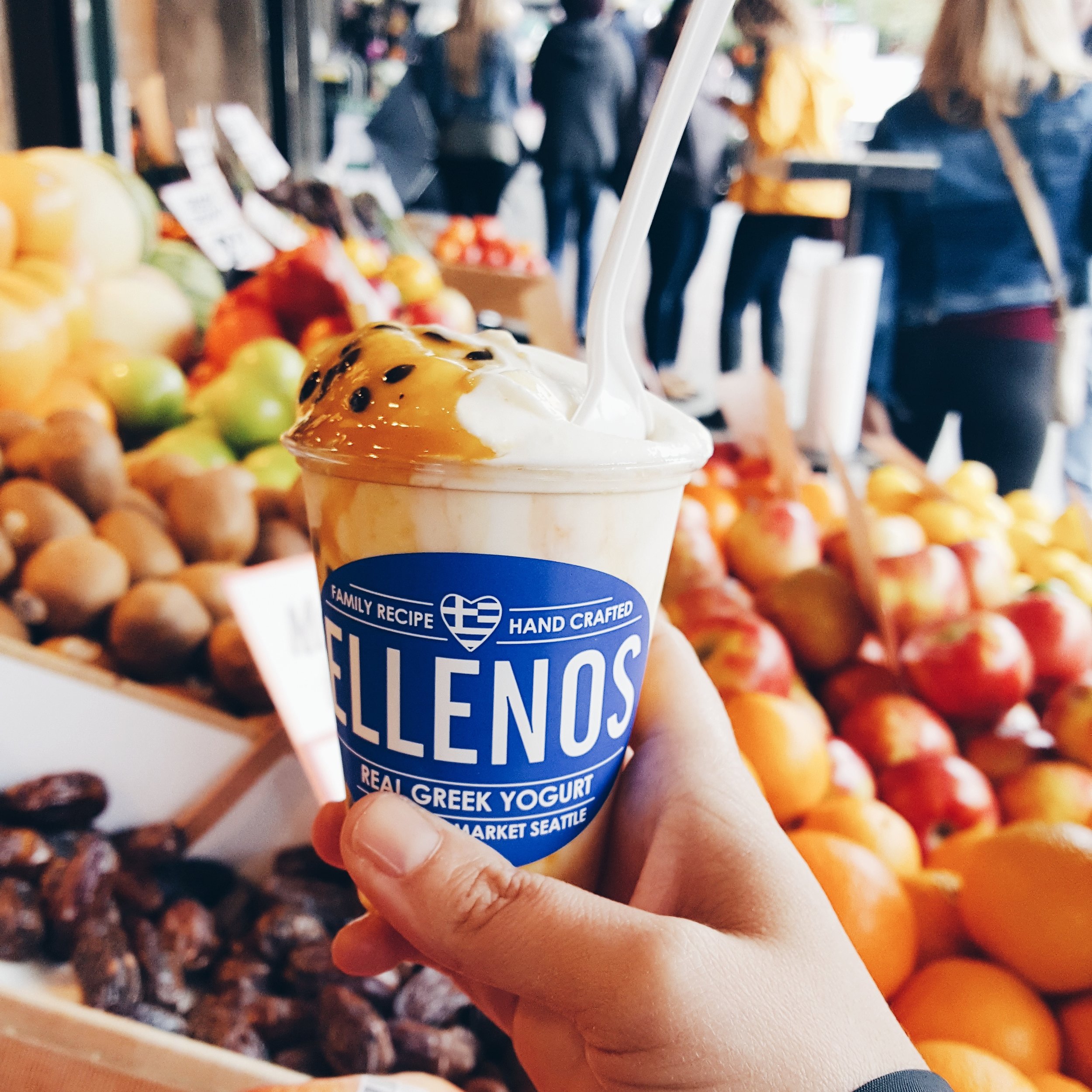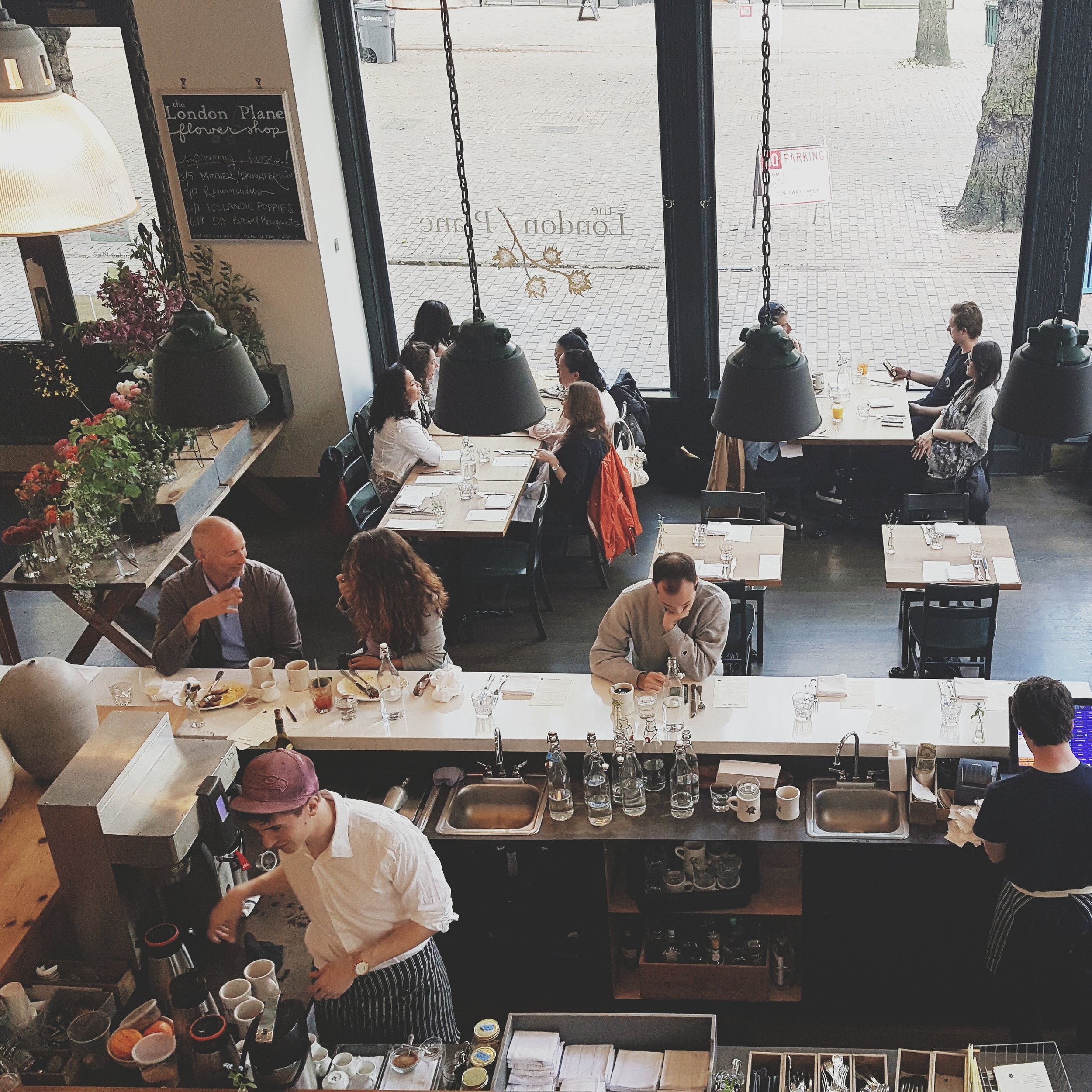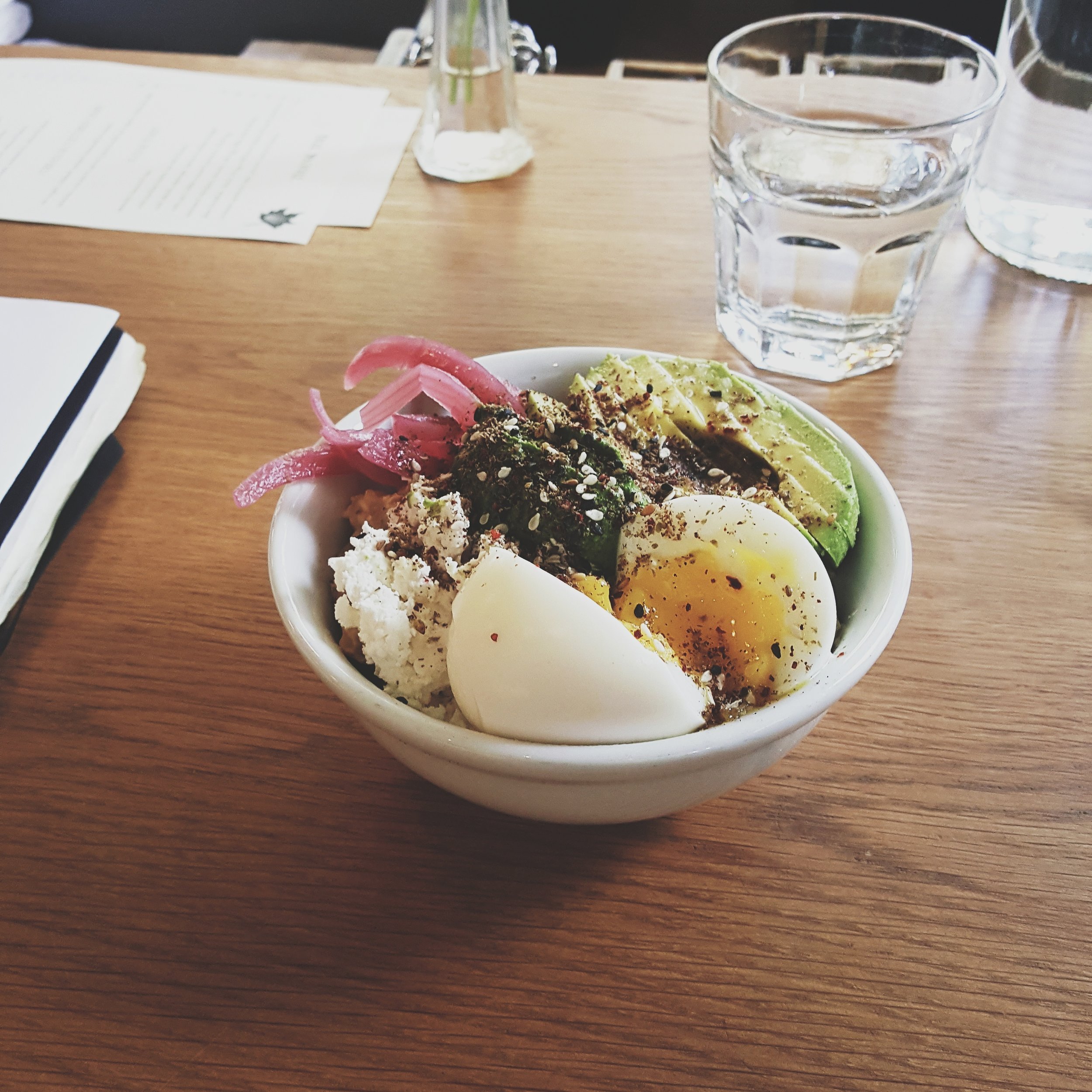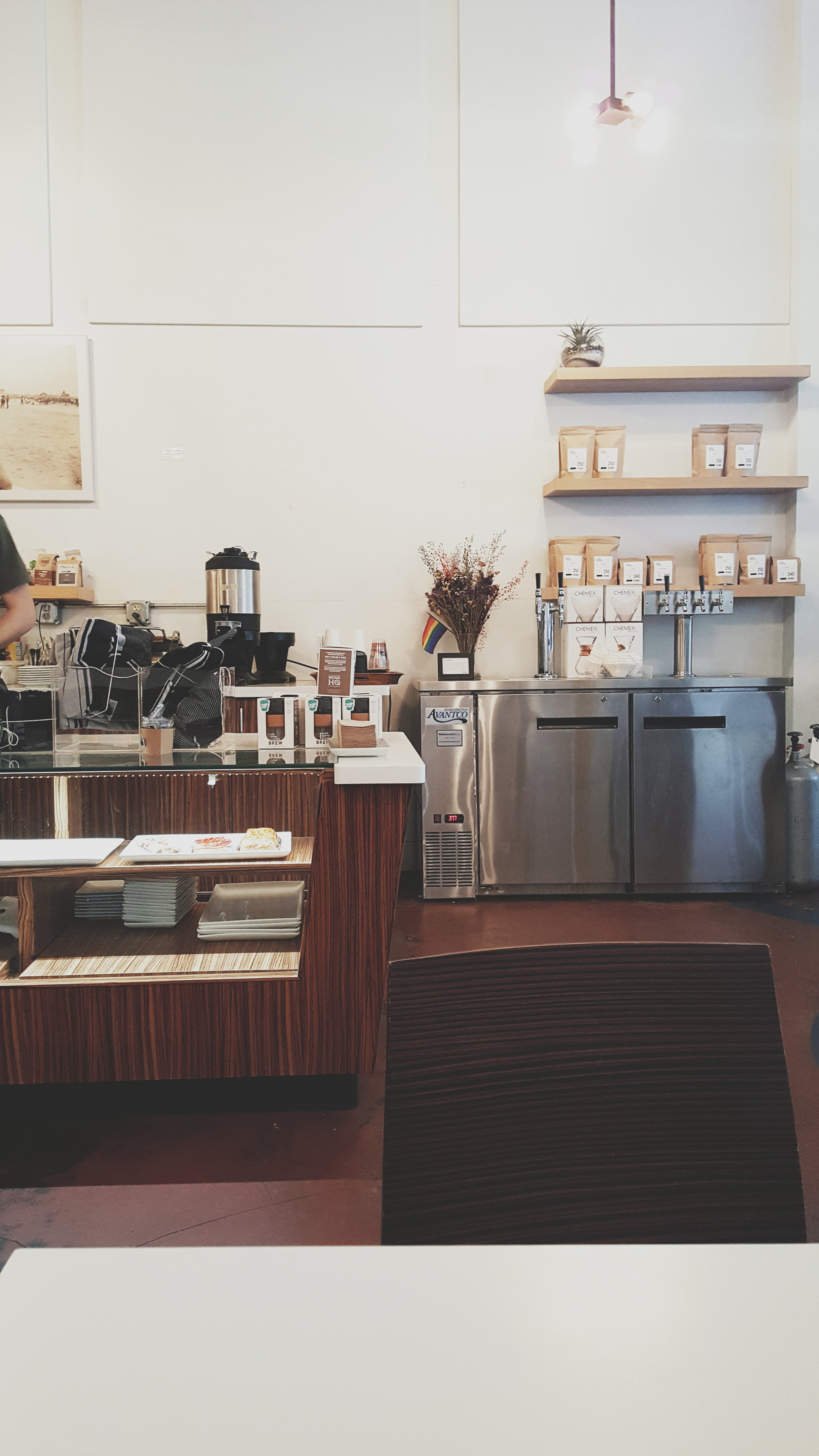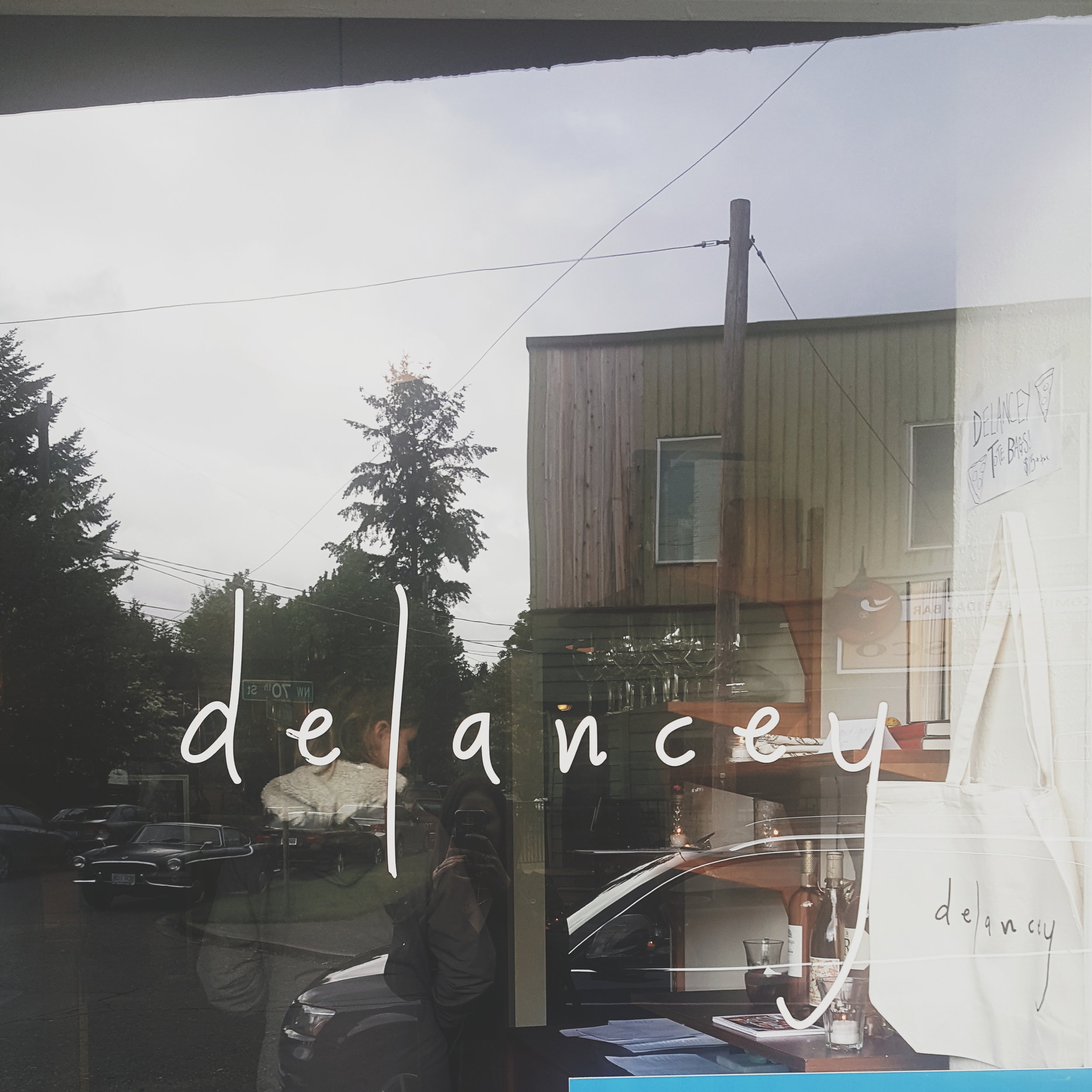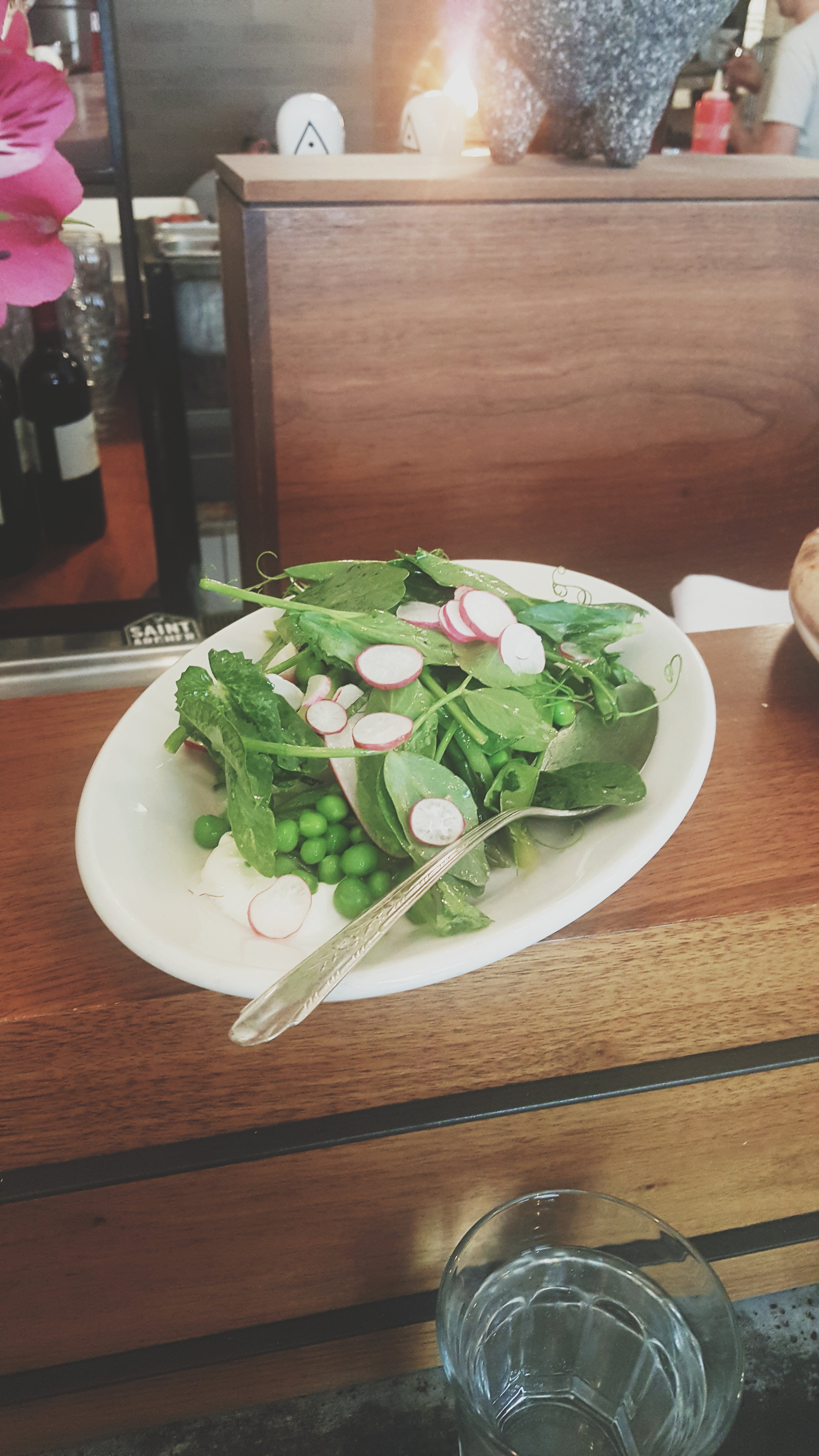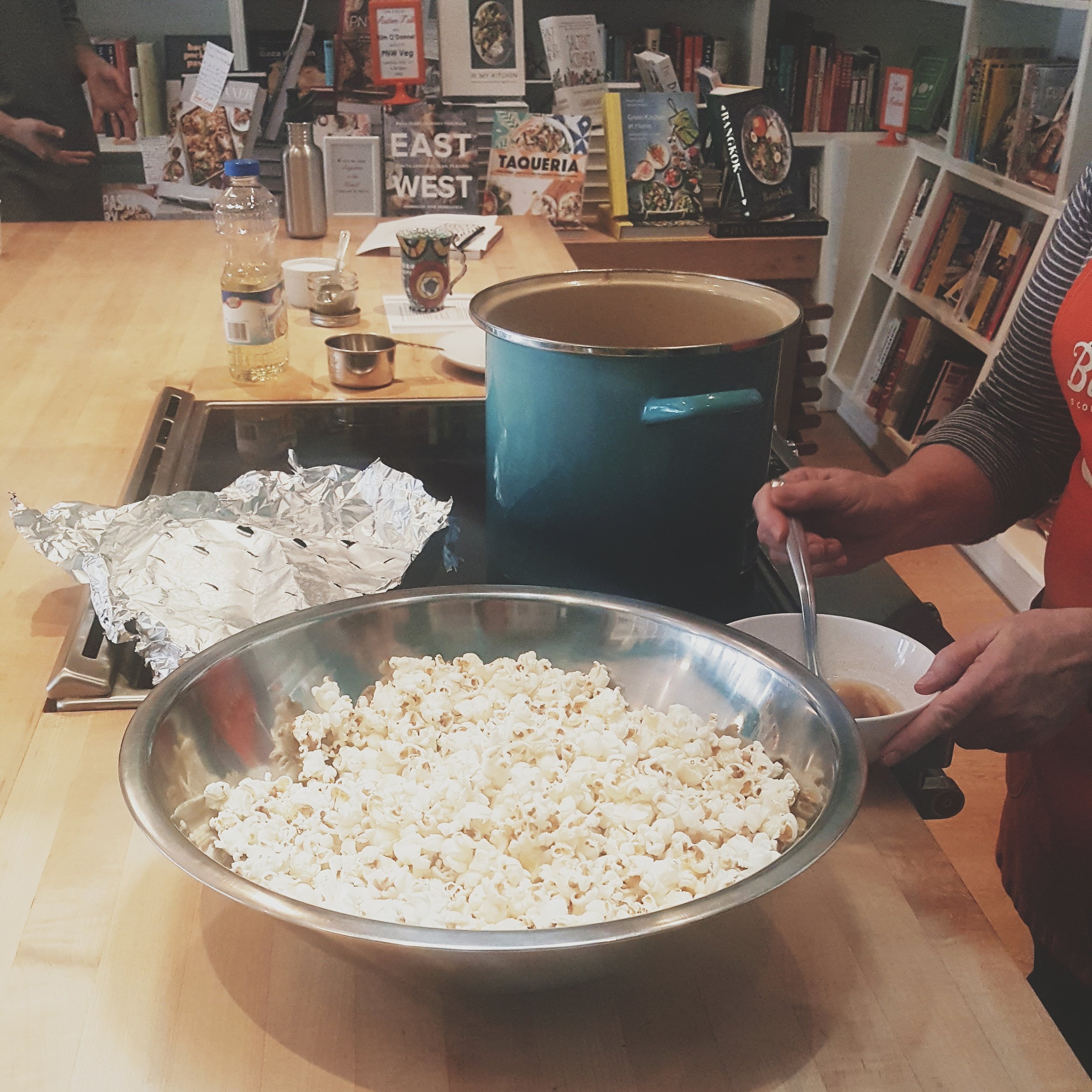Three very important things happened in October 2015.
First, I signed with a literary agency. A few days later, I was offered a book contract, and in between those two milestones, I gave birth to my son. Suddenly, I had a newborn in my arms and a deadline for my manuscript.
The timing couldn’t have been better. I’d spent the past two years writing, so the book was finished … I just needed to test the recipes in home kitchens. Being on maternity leave until February 2016 meant I was in the fortunate position of not having to think about work, and dedicated all my remaining energy to embracing the final stretch of my cookbook journey which involved some generous volunteers, and a spreadsheet or two.
Whenever my son slept, I was in the kitchen making last minute tweaks, emailing testers, or following up on non-disclosure agreements. Six weeks later, each of my 75 recipes had been tested at least twice—sometimes three or four times—by home cooks.
Recipe testing is a big undertaking for any cookbook author, but the entire thing can be managed fairly seamlessly (and even within a brief window of time) if you’re organized and have systems in place to support you.
In this post, I’m sharing what worked for me, including the five distinct recipe testing phases that emerged over the course of two months when recipe testing became my main priority (well, after taking care of the baby, of course).
Phase 1: Prep
Before reaching out to testers and assigning recipes, start by preparing your spreadsheets, documents, and emails so everything is ready to go.
Create a recipe tracking spreadsheet. List your recipe titles in one column, and title subsequent columns “Tester 1, “Tester 2,” and so on. Next to each name, add a date column (to mark when you sent them materials) and an 'X' column (to mark when they submitted feedback). You’ll begin filling this in once you start the outreach process.
Design a recipe testing signup form on your website. Be sure to include any dietary considerations, or special equipment needs. Knowing someone is gluten-free, or loves baking, for example, will save you a lot of back and forth when you’re assigning recipes. (Here's mine if you'd like to take a look.)
Write an email template. Draft the emails you’ll send to your testers. This can be a copy and paste template you can customize for each person. (See below for what to include!)
Prepare a non-disclosure agreement. NDA’s help protect you and your recipes. It shows your testers you mean business, prevents them from posting photos and videos of the testing process online, or sharing the recipe with others.
Phase 2: Outreach
This is your “shout it from the rooftops” phase when you get to tell everyone about the opportunity. You can either keep it within your mailing list (like I did) or use social media to increase your reach.
If you’re reaching out to a wider pool than just close friends and family, you’ll want to create a landing page on your website with all the details (see #2 above), and create a form to capture all the information you need to distribute recipes efficiently. (Here’s mine.)
The form is really important if you want to save yourself some time. By asking a few strategic questions, you can save yourself from emailing back and forth with people, and help stick to your timeline.
The questions will vary slightly depending on the type of recipes in your book, but in general, you’ll want to get a sense of any allergies/dietary preferences, and if they have any essential equipment. Otherwise you might send a bundt cake recipe to a tester, only to find out a week later they don’t actually have a bundt pan.
Outreach Tips
Set a closing date for signing up, and stick to it
Explain exactly what you need from testers, what your timeline is, and the benefits of helping you test recipes
Request that people only apply if they’re able to commit to the deadline
Ask how many recipes they’re willing to make (1, 2, 3+)
Gather any dietary restrictions
Ask if they’re willing to make something more elaborate (like a triple layer cake or curry paste)
Ask if they have special equipment (like a food mill, pizza stone, or stand mixer)
Phase 3: Assignments
Once you have your testers, it’s time to start making assignments. Start with anyone who listed dietary restrictions or was enthusiastic about trying something more difficult. Try to be mindful about ingredients. If you’re assigning two or more recipes, see if some of the ingredients can overlap so a tester doesn’t have to buy buy too many things.
You already have your email template, so it’s time to start sending them out. I created a new PDF for each recipe and saved it as “TESTER NAME_NAME OF BOOK RECIPES” to make it easy to find. This also personalizes the experience even more.
And just to be safe, assign the deadline for a week or two before you really need the feedback. Most people will be prompt, but there are always stragglers.
After all the emails go out, you can take a short breather as testing gets underway. Expect a few questions to come in (I can’t find dried blueberries! Can I use something else?), and respond as quickly as you can.
What to put in each email:
Customized template with recipe names, instructions, and important dates
Attached recipes
Attached feedback form
Attached NDA agreement
Phase 4: Feedback
As responses start pouring in, save feedback forms in a folder. I tried to read through the notes as soon as I received them and made any straightforward changes, like adding a bit more detail in a direction. Also, update your spreadsheet accordingly!
If you get mixed feedback from two testers, send it to a third, or even a fourth, before deciding how to proceed. Some of the feedback will force you to make a judgement call. Everyone’s palate is a little bit different, so just because someone didn’t absolutely love your chicken pot pie or the method you used, doesn’t mean it’s a bad recipe. With multiple testers, it’s easier to discern which issue is a personal preference, and which may be an fault with how the recipe was written.
At the very end, you might have a handful of recipes that need to be retested (I had about 10), so I put out a call for “last minute testing” asking for anyone who could turn it around within a few days, and also listed the recipes I needed help with so people could choose what sounded good to them.
Phase 5: Final Touches
These details aren’t essential, but they do add an extra special touch to the experience! After the process was over, I emailed everyone with notes for how to add this experience to their resume.
Here's what I said:
Hi testers!
Just a quick little note to say thank you again for testing recipes for Eat This Poem. I turned in my manuscript on time today, and couldn’t have done it without your help. Recipe testing requires you to be detail oriented, follow instructions, and provide concise feedback—skills worth adding to your resume, I think!
Here’s some language to copy and paste to your LinkedIn profile, if you’d like to use it.
Recipe Tester, Eat This Poem Cookbook (February 2016). Followed detailed recipe instructions as written and provided feedback on results including taste, recipe clarity, and baking times.
I also sent handwritten thank you notes to every single tester. (Just check their NDA form for addresses, or make a spreadsheet ahead of time so you’re ready to go.)
In general, I found organization (thank you, Google Sheets) and gratitude went a long way. As with everything that’s volunteer-based, be prepared for drop offs. Most of my testers were up for the task and very responsive, but a few I never heard from again, even after sending recipes their way. Others let me know closer to the deadline that they just didn’t have the capacity to do it.
Life happens. Be gracious, but quick to pass along the recipes to someone else so you can meet your all-important manuscript deadline and finally see your cookbook come to life!








